This article was medically reviewed by Mark Ziats, MD, PhD. Dr. Mark Ziats is an Internal Medicine Physician, Scientist, Entrepreneur, and the Medical Director of xBiotech. With over five years of experience, he specializes in biotechnology, genomics, and medical devices. He earned a Doctor of Medicine degree from Baylor College of Medicine, a Ph.D. in Genetics from the University of Cambridge, and a BS in Biochemistry and Chemistry from Clemson University. He also completed the INNoVATE Program in Biotechnology Entrepreneurship at The Johns Hopkins University - Carey Business School. Dr. Ziats is board certified by the American Board of Internal Medicine.
There are 10 references cited in this article, which can be found at the bottom of the page.
wikiHow marks an article as reader-approved once it receives enough positive feedback. In this case, 89% of readers who voted found the article helpful, earning it our reader-approved status.
This article has been viewed 34,419 times.
Misophonia means "hatred of sound." It is a condition where you cannot tolerate some sounds (also called “trigger sounds”) and you may respond to these sounds in an extreme way, such as by avoiding situations or yelling at the person who is making the sound. Although reports of misophonia have increased over the years, misophonia is not well understood by the medical community because only a few studies have been conducted on it so far.[1] [2] If you think that you might have misophonia, there are several things you can do to find out.
Steps
Diagnosing Yourself With Misophonia
-
1Determine if you are sensitive to certain sounds. Any sound can potentially be disturbing to a person with misophonia. Usually, these are sounds that other people don't even notice or find casually annoying. They are also often sounds that other people make, such as tapping on a table or desk, clicking a pen, chewing food, or lip smacking.[3]
- If you are overly sensitive to certain sounds, then you may have misophonia.
-
2Interpret your reaction to these sounds. The main difference between someone who suffers from misophonia and someone who has developed another kind of sound sensitivity is the person's reaction to the sound. Typically, a person with misophonia becomes incensed and enraged, often screaming and crying when they encounter these sounds, or struggling with great difficulty to contain their emotions. Ask yourself the following questions:[4]
- Do you feel fear, panic, terror, anger, or like you are being caged when you hear the sound?
- Do you want to yell at the source to stop or be quiet?
- Does the noise cause you to think or act aggressively (fight response)?
- Do you feel the need to get away from the source of the sound (flight response)?
Advertisement -
3Determine if your reaction is misophonia or simply annoyance. Reactions to trigger sounds can vary in intensity level for people with misophonia. However, if you suffer from this condition, you will experience an extreme desire to avoid or eliminate the cause of the trigger sound.[5]
- People who suffer from misophonia react to these sounds with a fight or flight response. There is an overwhelming need for them to eliminate the cause of the sound or to remove themselves from the source. They can even resort to violence in these instances.
- If you are simply annoyed by a sound, but it is relatively easy for you to ignore it, you probably don't have misophonia.
-
4Ensure that the sounds are real. You may also want to ensure that the sound is actually occurring, such as by asking a friend if her or she can also hear it. If you are hearing a sound that is not there, then you may be having an auditory hallucination. This could indicate a more serious condition, such as schizophrenia.
- See your doctor right away if you think that you might be hearing sounds that are not really there.
-
5Decide if you have specific trigger sounds. Trigger sounds are sounds that cause a person with misophonia to experience intense anger or rage, even if the sounds seem minuscule to others. These sounds, to a person with misophonia, are unbearable and they cannot tolerate listening to them.[6]
- Caution: Some experts believe that simply reading about other trigger sounds can cause them to become trigger sounds for people with misophonia. So, if you think you might have this disorder and that learning about trigger sounds could cause future problems for you, then don't read the following list of trigger sounds.
- Studies have shown that about 80% of trigger sounds usually involve the mouth in some way. Some common mouth-related trigger sounds include sniffing, loud breathing, coughing, chewing, sighing, lip smacking, slurping, and raspy voices.
- Some other trigger sounds include footsteps, typing on the keyboard, pen clicking, pencil sharpeners, dogs barking or babies crying.
Learning How Misophonia Affects People
-
1Distinguish the difference between misophonia, hyperacusis, and phonophobia. There are several other disorders that can affect a person in similar ways to misophonia. Being able to differentiate between them is an important step in diagnosing misophonia.
- Hyperacusis is characterized by an abnormal sensitivity to certain volume ranges and frequencies of sound. These sounds can seem painfully loud to a person suffering from this condition. The main difference between hyperacusis and misophonia is that hyperacusis focuses on most sounds in a similar range, while misophonia sufferers can be disturbed by a variety of seemingly unrelated sound types.[7]
- Phonophobia is a fear of a specific sound, usually loud noises.[8] For example, if someone feels fear every time they hear the sound of a train, they suffer from phonophobia. This is different from misophonia in that misophonic trigger sounds are not necessarily all linked to a certain object or action. It is not just one sound that can be pinpointed that causes them distress.
-
2Know the triggers. See if you are extremely bothered by everyday sounds such as: sniffing, nose blowing, noisy breathing, sighing, coughing, gum chewing, lip smacking, chewing, whispering, people's voices, footsteps, sneezing, people singing, dogs barking, metal against metal, pencil sharpeners (electric or handheld), pen clicking, certain consonants (such as P, K, T, or others), squeezing water bottles or cans, drinking, slurping, music, typing on keyboards, birds chirping, and so on.[9]
- The people who are the closest to sufferers of misophonia are usually the ones who can most easily create these trigger sounds. For some reason, people with misophonia often develop intense reactions to the voices, habits, and sounds made by the people they interact with the most.
-
3Understand that logical reasoning does not help. The adverse reactions to trigger sounds experienced by sufferers of misophonia are not typically affected by reason or logic. The person logically knows that they are overreacting (and they often feel guilt about their response later), but they are often unable, without professional help over time, to alter their behavior even if they understand these things.
Getting Treatment for Misophonia
-
1Consult an informed professional. Most doctors haven't heard of misophonia, but there are methods to help, even though there is no known cure. Doctors can, at the very least, help you navigate the frustrating waters of your disorder. They can also refer you to specialists that can help with counseling and behavioral therapies.[10]
- Your doctor will most likely refer you to a psychiatrist, psychologist, or an audiologist.
-
2Consider some noise reducing options. Some people find that ear plugs, noise isolating headphones, noise canceling headphones, or "white noise" help. These devices can block out the trigger sounds that initiate the negative reactions. However, others find that using these kinds of aids only make their symptoms worse.[11]
-
3Try some type of behavioral therapy. Some examples of therapies that have been found useful for some who suffer from misophonia include cognitive behavioral therapy (CBT), neuro-feedback, tinnitus retraining therapy (TRT), or psycho-therapeutic hypnotherapy.[12]
- Cognitive behavioral therapy aims to retrain the brain's learned negative responses so that the patient can train themselves to respond to stimuli in a more effective, neutral way.[13]
- Tinnitus retraining therapy focuses on sound therapy in combination with educational counseling during which the specialist attempts to help the patient reclassify certain auditory sounds as neutral rather than distressing or negative.[14]
- Note: TRT and CBT for misophonia will most likely not be covered by medical insurance and are very expensive. For example, in 2018, one 1 hr session of CBT cost $200 CDN, and a complete 4 month course of TRT cost $4,000 CDN.
-
4Live a healthy, balanced life. Many people have reported that they are less sensitive to their trigger sounds when they are taking better care of their body, both physically and emotionally. This means that you should try to eat healthy foods, exercise regularly, and effectively manage the stress in your life.
- Some good stress management strategies include yoga, meditation, therapy/counseling, and physical exercise.
-
5Educate other people. People might tell you to "get over it" or tell you you'll grow out of it. Misophonia generally lasts a lifetime, getting worse as you get older. Hearing this kind of negativity can cause your emotions to build up, negatively affecting your misophonia. So try your best to calmly educate those around you about the topic.
- Don't give advice where it isn't needed.
Warnings
- Reactions may be violent, either towards yourself or others⧼thumbs_response⧽
References
- ↑ http://journal.frontiersin.org/article/10.3389/fnhum.2013.00296/full
- ↑ http://www.ncbi.nlm.nih.gov/pubmed/24752915
- ↑ http://journal.frontiersin.org/article/10.3389/fnhum.2013.00296/full
- ↑ https://www.psychologytoday.com/us/blog/fearless-you/201601/7-warning-signs-your-child-might-have-misophonia
- ↑ http://journal.frontiersin.org/article/10.3389/fnhum.2013.00296/full
- ↑ https://www.psychologytoday.com/us/blog/fearless-you/201601/7-warning-signs-your-child-might-have-misophonia
- ↑ http://www.ncbi.nlm.nih.gov/pmc/articles/PMC539655/
- ↑ https://www.hear-it.org/Phonophobia
- ↑ https://www.health.harvard.edu/blog/misophonia-sounds-really-make-crazy-2017042111534
- ↑ https://health.clevelandclinic.org/5-ways-to-cope-with-sensitivity-to-sound/
- ↑ https://iocdf.org/expert-opinions/misophonia/
- ↑ https://health.clevelandclinic.org/5-ways-to-cope-with-sensitivity-to-sound/
- ↑ https://www.apa.org/ptsd-guideline/patients-and-families/cognitive-behavioral
- ↑ https://www.ucsfhealth.org/conditions/tinnitus/treatment
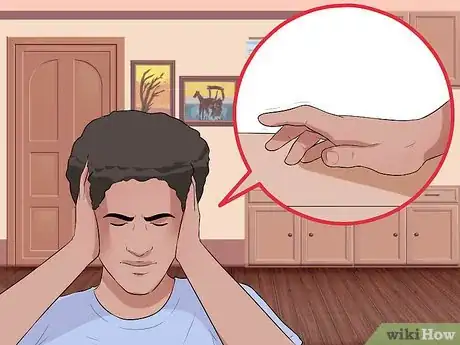
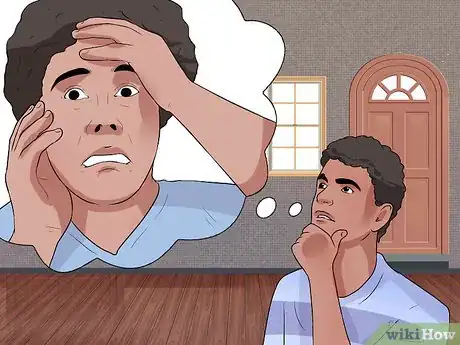
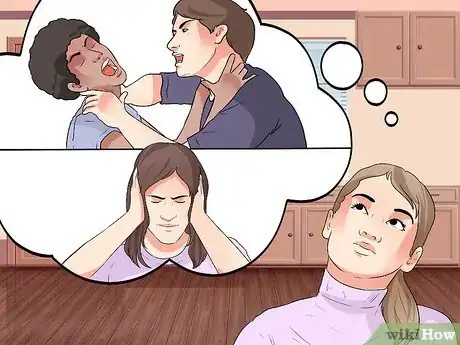

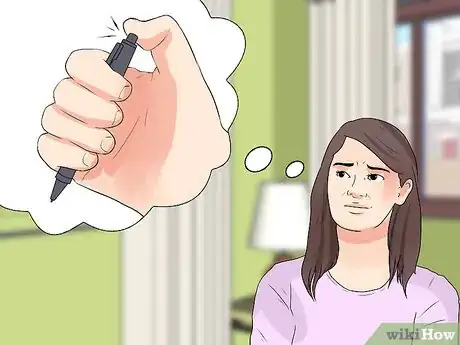
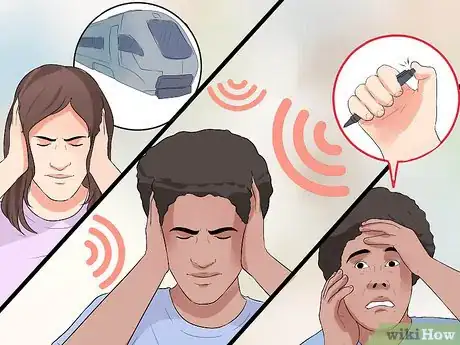
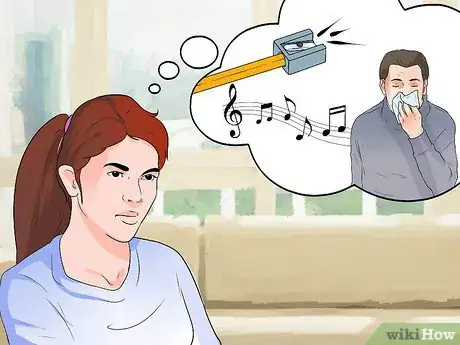
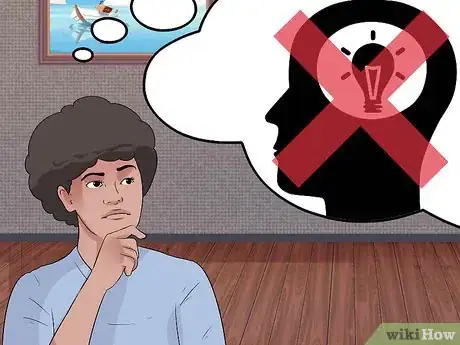
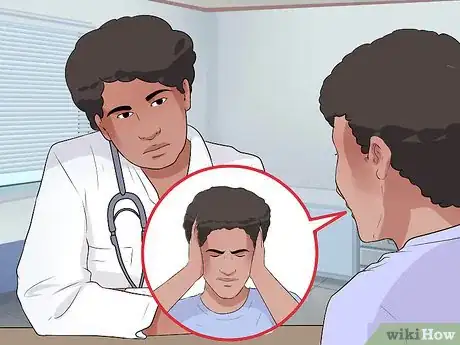



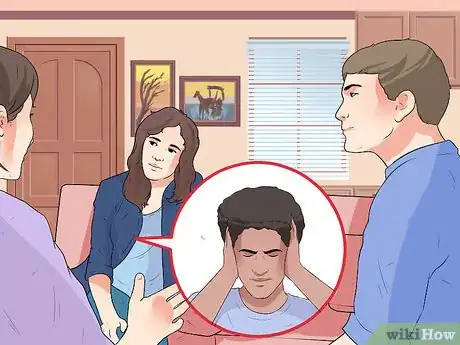

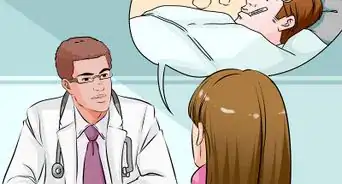

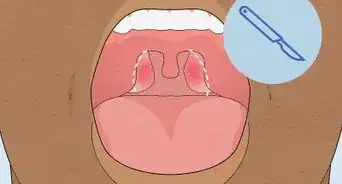
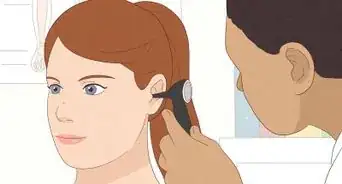



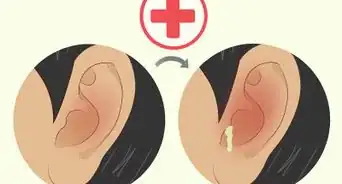
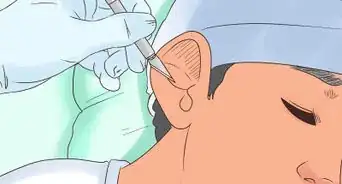
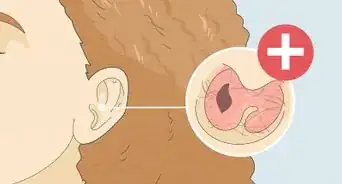

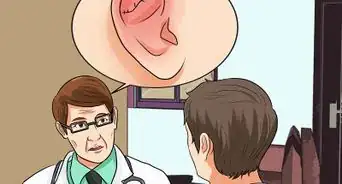












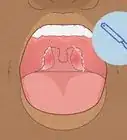



































Medical Disclaimer
The content of this article is not intended to be a substitute for professional medical advice, examination, diagnosis, or treatment. You should always contact your doctor or other qualified healthcare professional before starting, changing, or stopping any kind of health treatment.
Read More...